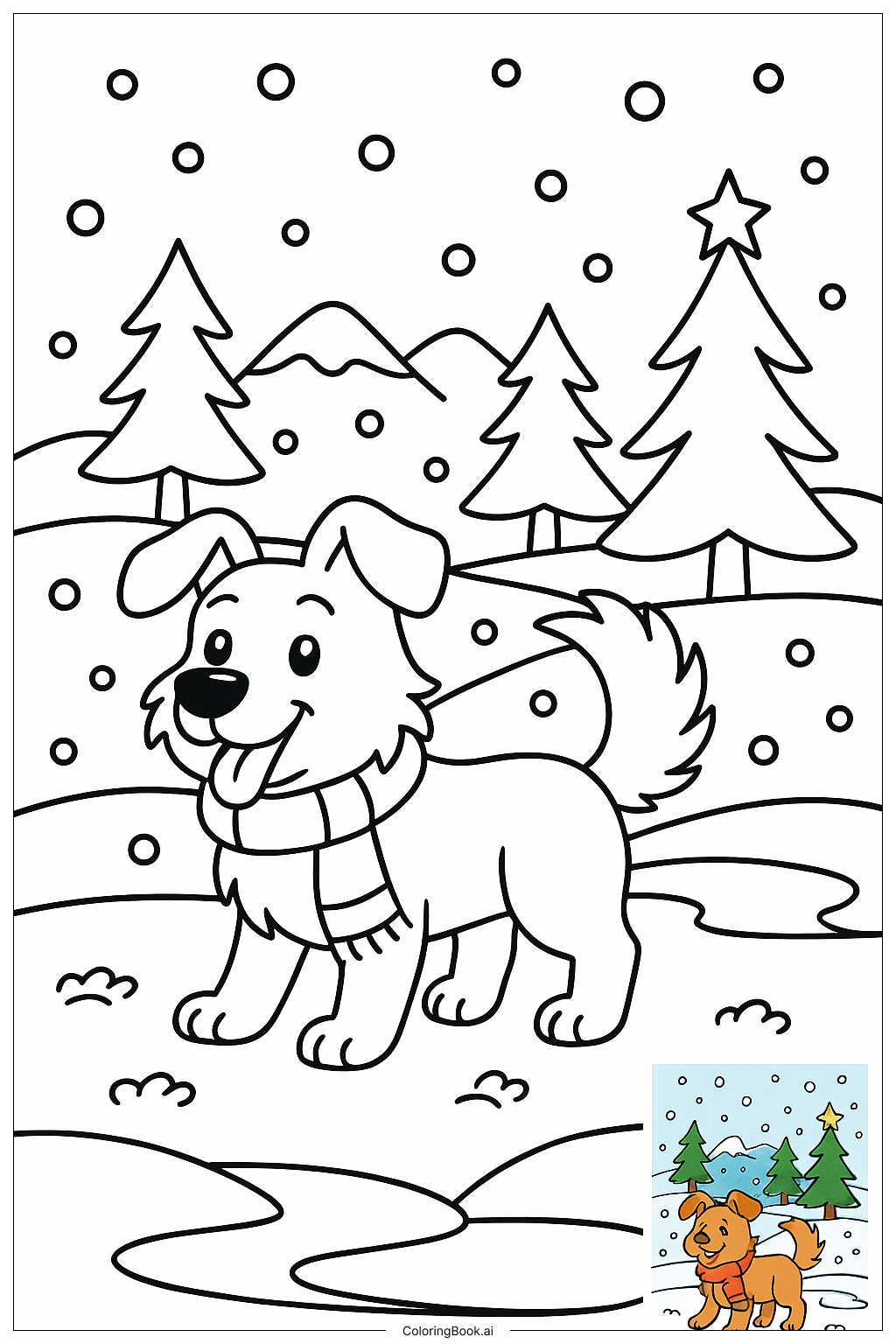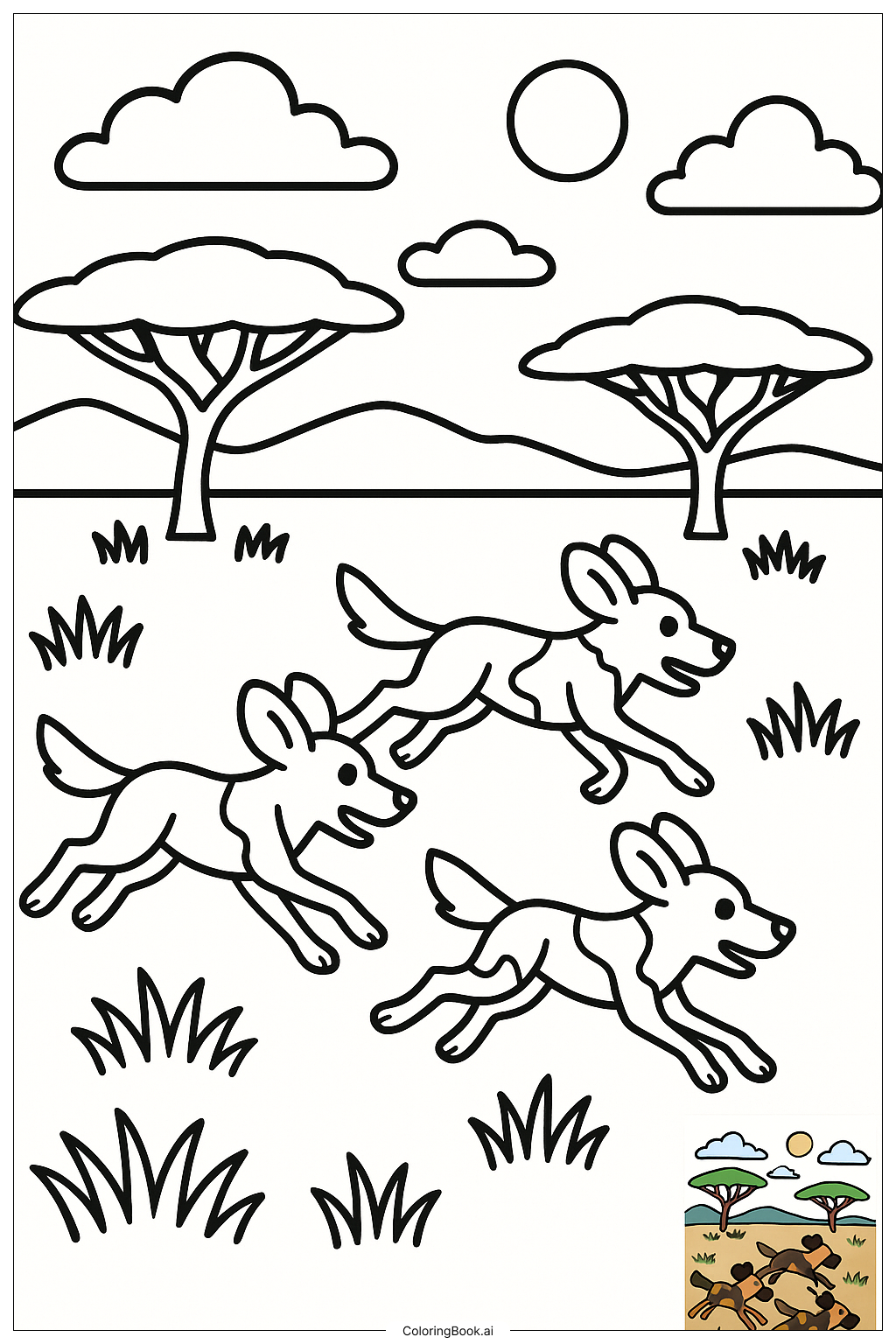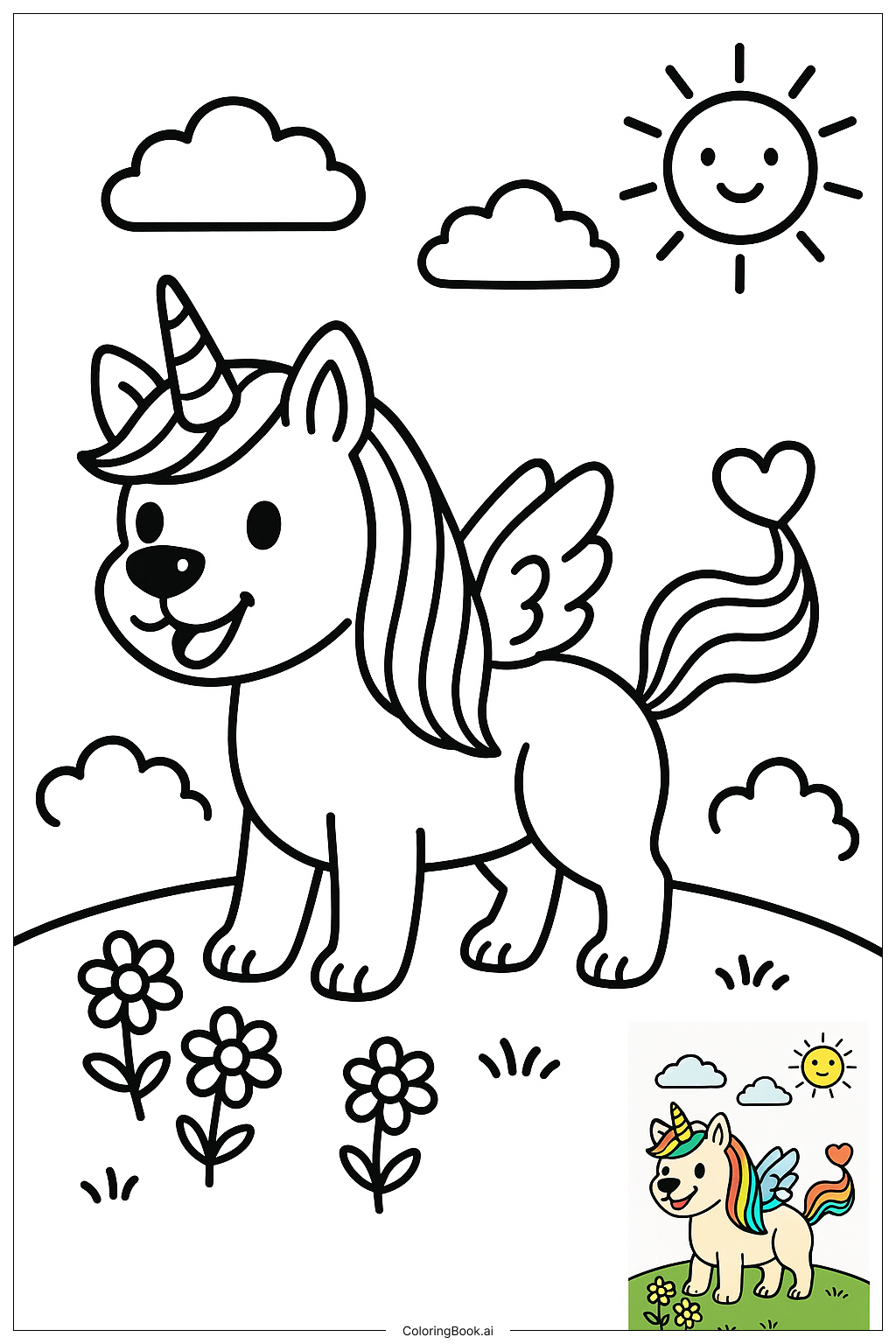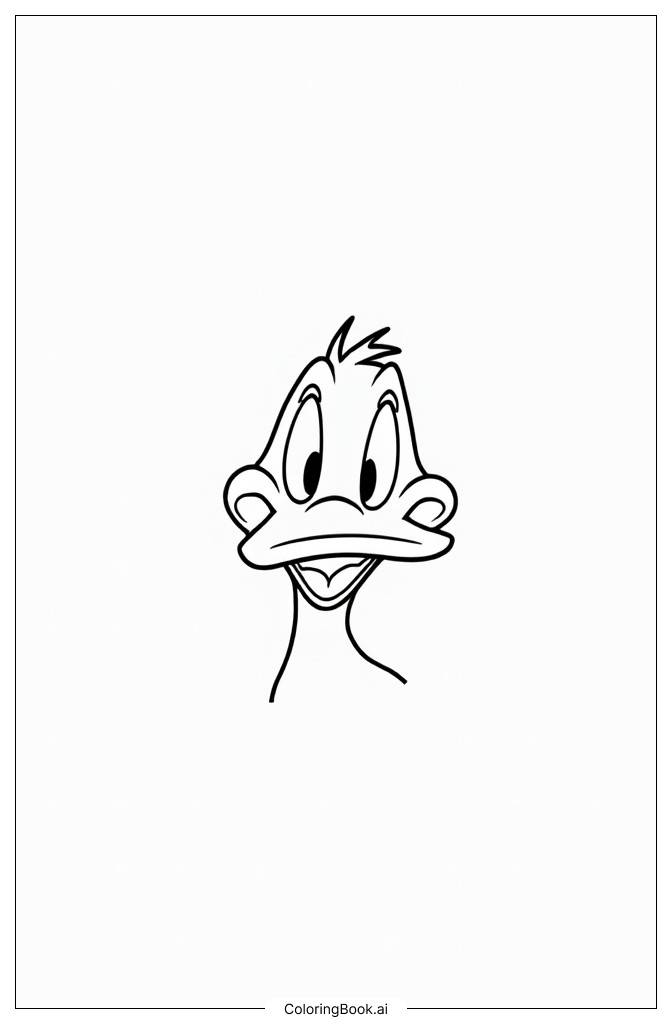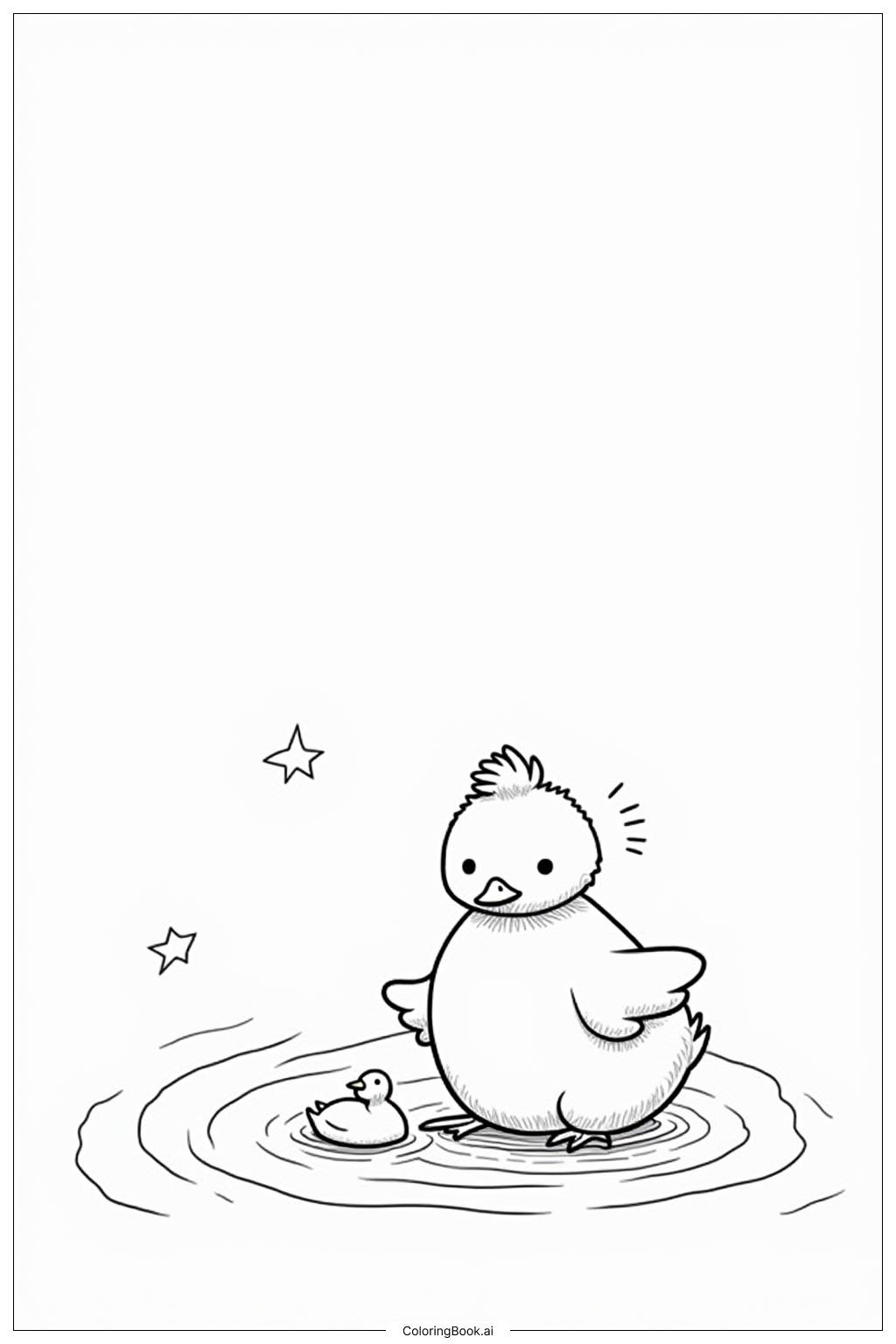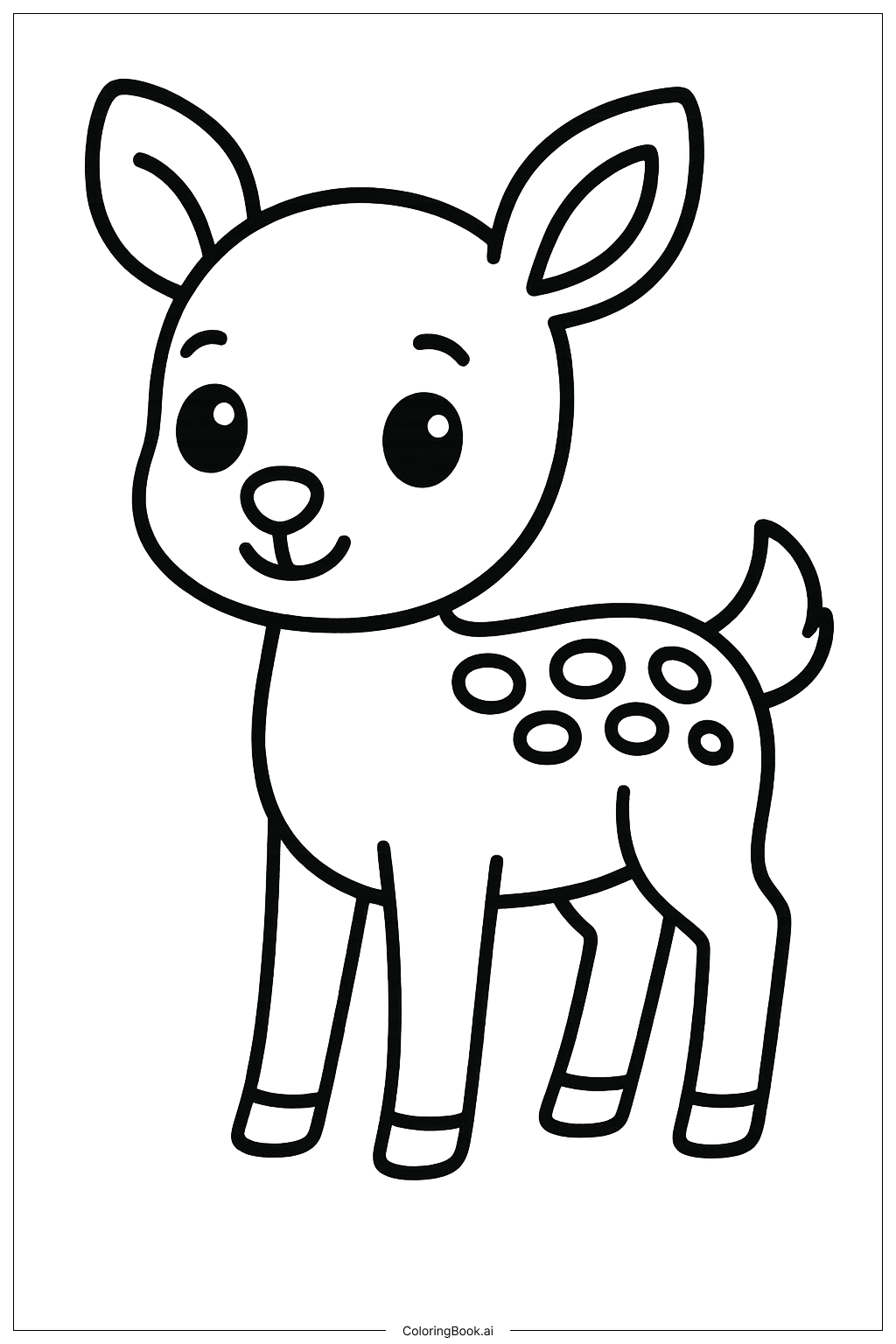Coloring tips: How to color Dog Face Close-Up coloring page well?
For coloring this dog face, start with the ears. Light brown or golden shades would look nice. The dog's face can be a soft cream or white color for contrast. Use black for the nose and eyes to make them pop. The collar can be bright red or blue to stand out. The tongue can be colored pink for a playful touch. Encourage kids to get creative and mix colors as they like!
Coloring challenges: Which parts are difficult to color and need attention for Dog Face Close-Up coloring page?
1. **Small Areas**: The dog’s face has small sections like the nostrils and dots. Coloring these without going outside the lines can be tricky for young hands. 2. **Shading**: Adding depth with different shades may confuse beginners. Children might struggle to understand where shadows go. 3. **Color Choices**: Choosing the right colors to suit the dog's character can be difficult for kids. They might feel unsure about what colors match best. 4. **Precision**: The lining around the dog’s face is detailed. Maintaining precision while filling in color requires practice. 5. **Mixing Colors**: If they want to blend colors for a unique look, kids may find it challenging to achieve the desired effect without enough guidance.
Benefits of coloring books: Advantages of drawing Dog Face Close-Up coloring page
Coloring this dog image has many benefits for children. First, it enhances creativity as kids choose their favorite colors. It also improves fine motor skills as they practice holding crayons or markers. Coloring helps with focus and concentration. Children learn to pay attention to details, especially when filling in small areas. Additionally, coloring can be relaxing and reduce stress for kids. It’s a fun activity that promotes self-expression, allowing children to show their personality through color choices.


